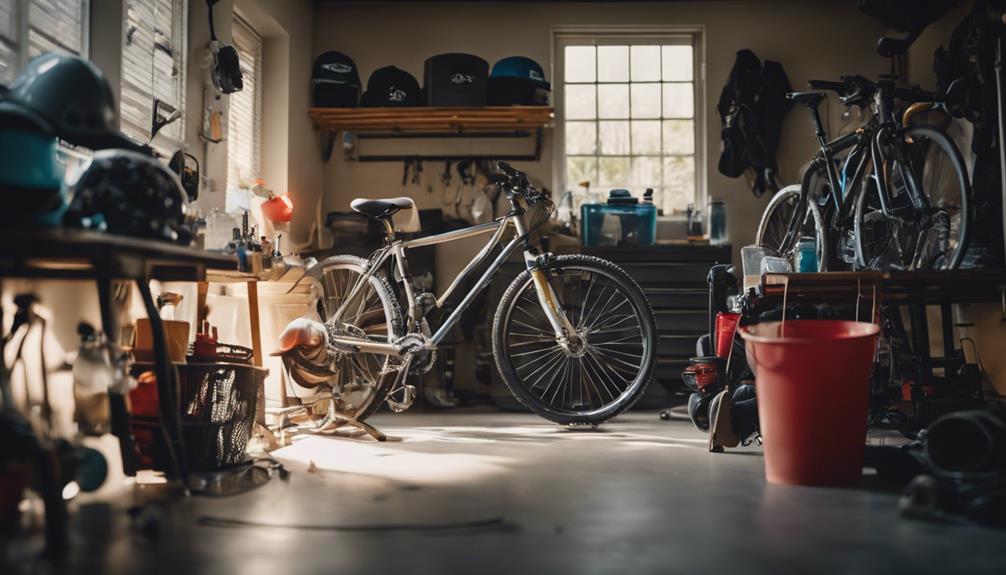Mountain biking is a thrilling sport that combines adventure, fitness, and a connection to nature. For those looking to tackle rugged terrains and steep descents, choosing the right bike is crucial. Among the options available, full suspension mountain bikes have gained immense popularity among enthusiasts and competitive riders alike. This article explores the ins and outs of full suspension mountain bikes, their benefits, key features, and tips for selecting the right one.
Understanding Full Suspension Mountain Bikes
Full suspension mountain bikes are equipped with both front and rear suspension systems, designed to absorb shocks from rough terrains. Unlike hardtail bikes, which have only front suspension, full suspension bikes offer enhanced comfort, control, and stability.
The Mechanics of Full Suspension
The primary components of a full suspension mountain bike include:
- Front Fork: The front suspension, usually a telescopic fork, absorbs impacts from the front wheel.
- Rear Shock: Located between the rear triangle and the frame, the rear shock absorbs impacts from the rear wheel.
- Linkage System: This connects the rear shock to the bike frame, allowing for optimal movement and compression.
The combination of these elements allows the bike to maintain contact with the ground, improving traction and control on uneven surfaces.
Benefits of Full Suspension Mountain Bikes
Full suspension mountain bikes offer several advantages over their hardtail counterparts:
- Improved Comfort: The dual suspension system absorbs shocks, reducing fatigue on long rides.
- Better Traction: With both wheels able to move independently, full suspension bikes maintain better contact with the ground, enhancing grip on slippery or rocky surfaces.
- Enhanced Control: The bike’s ability to absorb bumps allows for more precise steering and handling, especially on technical descents.
- Versatility: Full suspension bikes are suitable for a variety of terrains, from steep descents to rocky trails.
Statistical Insights
According to the International Mountain Bicycling Association (IMBA), approximately 70% of mountain bikers prefer full suspension bikes for their versatility and comfort. Additionally, a study conducted by Cycling Weekly revealed that riders using full suspension bikes reported a 30% decrease in fatigue over long-distance trails compared to those using hardtails.
Key Features to Look for in a Full Suspension Mountain Bike
When selecting a full suspension mountain bike, several features should be considered to ensure the best fit for your riding style and needs:
- Suspension Type: There are two main types of suspension systems: air and coil. Air shocks are lighter and adjustable, while coil shocks provide a more consistent feel but can be heavier.
- Frame Material: Common materials include aluminum, carbon fiber, and steel. Aluminum is lightweight and affordable, while carbon fiber offers superior strength-to-weight ratio but at a higher price.
- Wheel Size: Full suspension bikes typically come in 26″, 27.5″, and 29″ wheel sizes. Larger wheels roll over obstacles more easily, while smaller wheels offer quicker handling.
- Geometry: The bike’s geometry affects handling and comfort. Look for a bike with a slack head angle for stability on descents and a steeper angle for climbing.
Case Studies: Popular Full Suspension Models
1. Trek Fuel EX: Known for its versatility, the Trek Fuel EX is popular among trail riders. It features a lightweight frame, adjustable suspension, and a wide range of gear options.
2. Specialized Stumpjumper: This bike is designed for all-mountain riding, offering excellent climbing capabilities and a smooth ride on descents with its FSR suspension system.
3. Santa Cruz Hightower: A favorite among enduro riders, this model provides a balanced ride with a focus on stability and control, making it suitable for aggressive trails.
Choosing the Right Full Suspension Mountain Bike
Selecting the right full suspension mountain bike requires careful consideration of several factors:
- Riding Style: Identify whether you will be riding cross-country, trail, or downhill to choose a bike that suits your needs.
- Budget: Full suspension bikes can range from $1,000 to over $10,000. Set a budget and prioritize features accordingly.
- Test Ride: Always test ride a bike before purchasing. Pay attention to the fit, comfort, and how the bike handles various terrains.
- Seek Expert Advice: Consult with local bike shops or experienced riders for recommendations based on your skill level and riding preferences.
Maintaining Your Full Suspension Mountain Bike
Proper maintenance is essential to ensure the longevity and performance of your full suspension mountain bike:
- Regular Cleaning: Keep the bike clean to prevent dirt and grime buildup, especially on the suspension components.
- Check Suspension Settings: Regularly adjust the air pressure or spring rate according to your weight and riding style.
- Inspect Bearings and Joints: Look for signs of wear and tear, and lubricate components as necessary.
- Professional Servicing: Consider taking your bike to a professional for a thorough inspection and tune-up at least once a year.
Conclusion
Full suspension mountain bikes are a fantastic choice for riders who seek comfort, control, and versatility on rugged trails. With their advanced suspension systems and innovative designs, these bikes are well-suited for a wide range of riding styles, from cross-country to downhill. By understanding the key features, benefits, and maintenance needs of full suspension bikes, you can make an informed decision that enhances your mountain biking experience.
Remember, investing in the right bike is only the first step. Regular maintenance and practice will ensure that you get the most out of your investment, allowing you to fully enjoy the exhilarating world of mountain biking.
